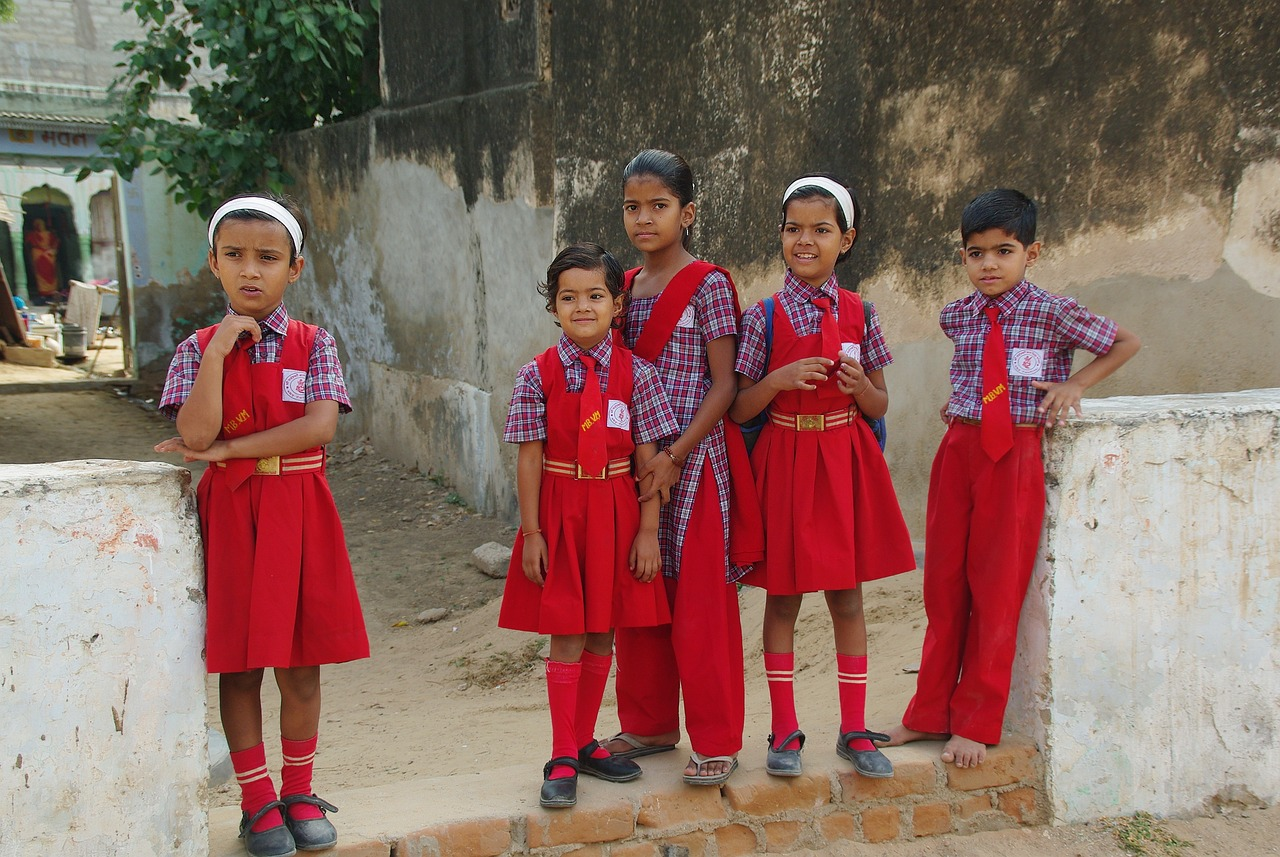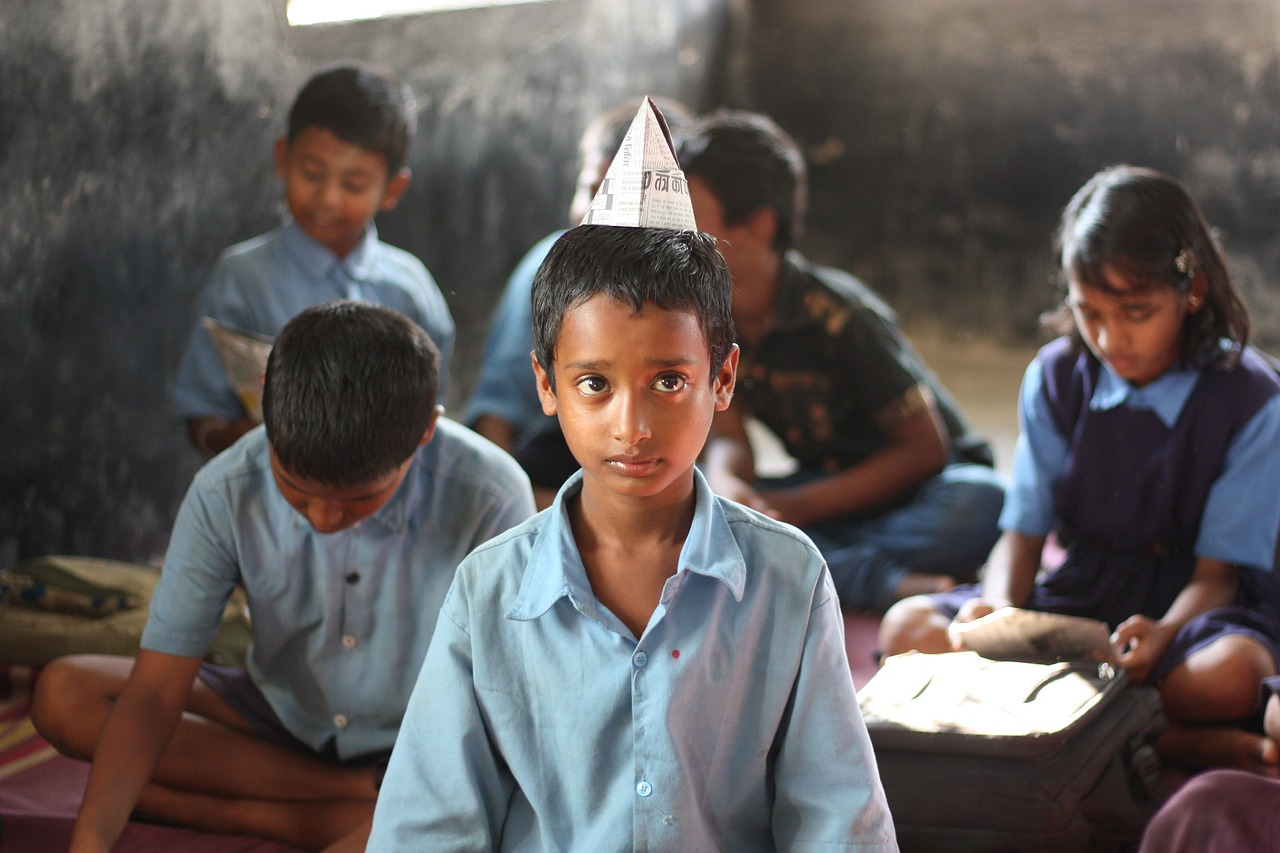The Complexities and Challenges of the Education System in India
The Structure of the Education System
The primary, secondary, higher secondary, and university levels of education make up the Indian educational system. Elementary education is given by the government for free and is required. The government also offers secondary education, but it is not required. Higher secondary education is typically supplied by private institutions and is not free. Universities, colleges, and other educational settings that grant degrees and diplomas are included in tertiary education.
The Challenges of the Education System
Many issues, such as poor facilities, inadequate funding, a shortage of qualified teachers, and high dropout rates, plague India's educational system. These difficulties have caused a considerable discrepancy in the standard of education among the nation's regions.
Inadequate Infrastructure
The need for proper infrastructure is one of the biggest problems facing India's educational system. Many remote schools need more fundamental amenities like bathrooms, running water, and power. The quality of education is hampered by this lack of infrastructure, which also deters kids from attending school.
Insufficient Funding
The demand for additional government funding for education in India is yet another significant obstacle. The quality of education is directly impacted by India's much smaller education expenditure than other emerging nations. Schools need more money to provide basic amenities or hire qualified teachers.
Lack of qualified Teachers
India's educational system requires more qualified teachers. Many teachers need more qualifications and expertise to deliver instruction successfully. The education quality is substantially impacted by the need for more qualified teachers, which also raises dropout rates in many schools.
High Dropout Rates
The high dropout rates in India's educational system are one of its most serious problems. Many kids quit school for various reasons, including lack of money, boredom, and the necessity to work to support their families. The high dropout rates are a severe issue since they affect each child's future and have broader effects on the national economy.
Caste and Class Structure
The intricacies of caste and class distinctions also affect India's educational system. The education children receive due to these divisions is profoundly impacted. Children from lower castes and families with poorer incomes frequently have less access to high-quality education, which feeds the poverty cycle.
Governmental Initiatives
The issues facing the Indian educational system have been addressed through several measures. These programs seek to raise enrollment numbers, lower dropout rates and enhance academic quality. Among the major projects are:
The Sarva Shiksha Abhiyan
The Sarva Shiksha Abhiyan is a government program that makes education free and required for all kids between 6 and 14. By providing necessities like bathrooms, running water, and power, the program seeks to raise the standard of instruction in public schools.
Rashtriya Madhyamik Shiksha Abhiyan
A government program called Rashtriya Madhyamik Shiksha Abhiyan aims to raise the standard of secondary education in India. The program focuses on raising teacher quality, enhancing infrastructure, and lowering dropout rates.
Midday Meal Plan
A government program called the Mid-Day Meal Plan offers free meals to public school students. The program attempts to raise children's nutritional status and promote frequent school attendance.
Digital India
A government program called "Digital India" aims to encourage the use of technology in several industries, including education. Using online learning platforms, the program intends to improve access to high-quality education by supplying schools with digital infrastructure.
Corporation for National Skill Development
A government program called the National Skill Development Corporation trains young people in trades nationwide. The program intends to bridge the skills gap in the nation and increase youth employability.
Wrapping Up
Many issues with India's educational system must be addressed, which calls for a multifaceted strategy. Government spending on education must increase to enhance school facilities, hire more qualified instructors, and lower dropout rates. To ensure that every child has access to a high-quality education, addressing the difficulties of caste and class distinctions is crucial. Even though the government has started several measures to deal with these issues, more has to be done to guarantee that every child in India obtains a good education.





Comments
Post a Comment